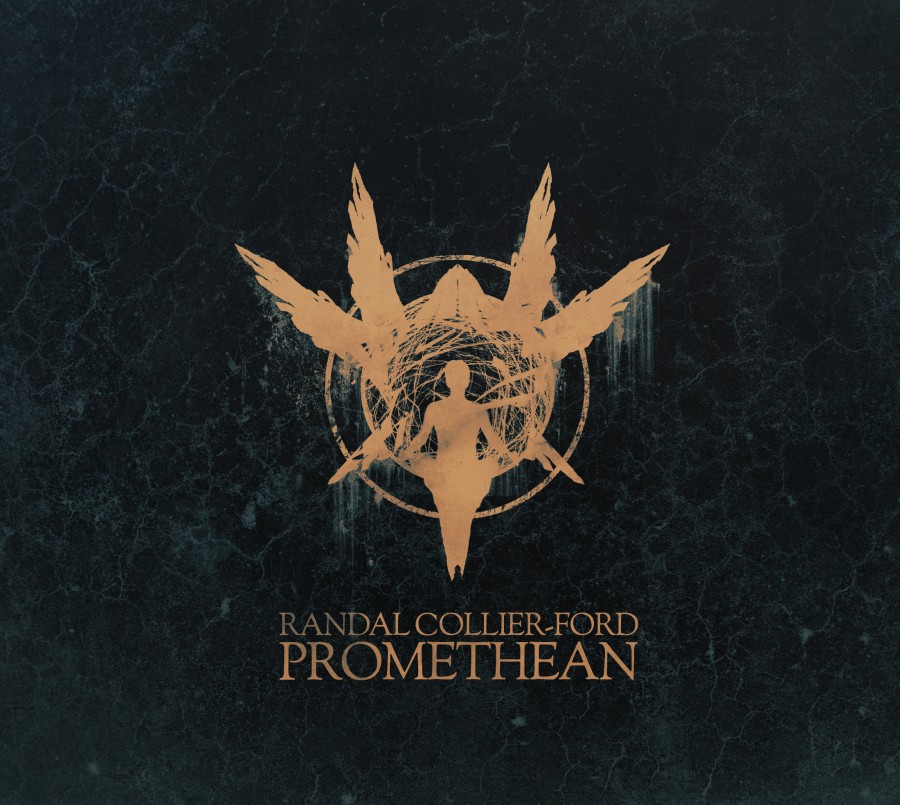I’ve been wanting to speak to Rojinski ever since I first heard his amazing Winter album. His music skillfully blends brooding dark ambient scores with cinematic soundscapes and subtle field recordings – resulting in rewarding audio experiences that offer something truly special. I hope you will all enjoy this interview, and consider supporting the artist. He has some great work on his Bandcamp page, which is linked to at the bottom of this article!
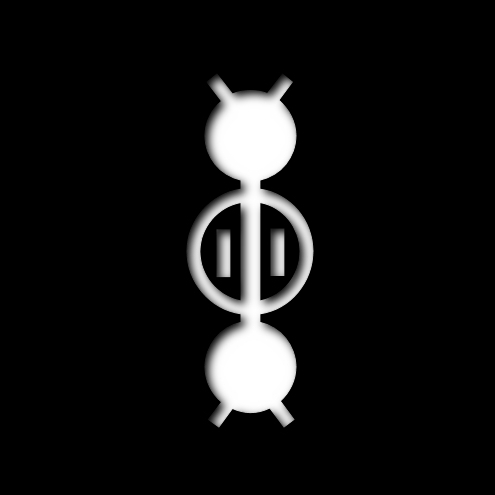
Interviewer: Rich Dodgin
Interviewee: Rojinski
Hi Rojinski! First of all, a massive thank you for this opportunity to interview you for This Is Darkness, and to give our readers a chance to learn more about you and your music.
It’s an honor for me, really.
Can you start by telling us a little about yourself.
Well… It’s always difficult to tell about myself… I compose, sing and play music since I was 15 years old (I’m in my 50s). I have been pro for a long time. I’ve been signed in Belgium by BMG Ariola, Indisc, ARS Records, etc… I started playing New-Wave with a band, in the mid-80s. In the early 90s, I met the woman who is my wife today and we had a son. Then, I wanted to spend my time with them. I think being a popular musician is not compatible with a family life. And to be honest with you, I hate the “music business” world. But I went on composing soundtracks for short movies, one-man-show, theater, etc.
In 2007, I started a project (Planets Citizens), on a very “confidential” level based on dark pop, synthpop, EBM, cold wave and dark electro. I had a track signed on a compilation in the US. After that, I’ve stopped that project in 2011.
For those who aren’t familiar with your music, can you provide a brief overview of your musical project(s) and the music you have released.
At the moment, my main project is composing dark ambient, drone, cinematic and atmospheric music under my name, Rojinski. I still compose soundtracks for short movies, animation shorts (my son is character artist in the 3D industry and had a movie selected for a famous festival in Belgum), a web serie in the US (The Sorrow, by Neil Gorz), etc. I have also a project with two other composers (Handalien from Brazil and Omensworn in the US)…. But it’s a work in progress… I’ve released all my music (for free) composed since 2012 on Bandcamp. We are living difficult times regarding the global situation. That’s why I’m fighting to keep things free on my side. People need their money for food, water, Energy, health cares, etc…. It’s very important. So, I follow the path my conscience is showing me…
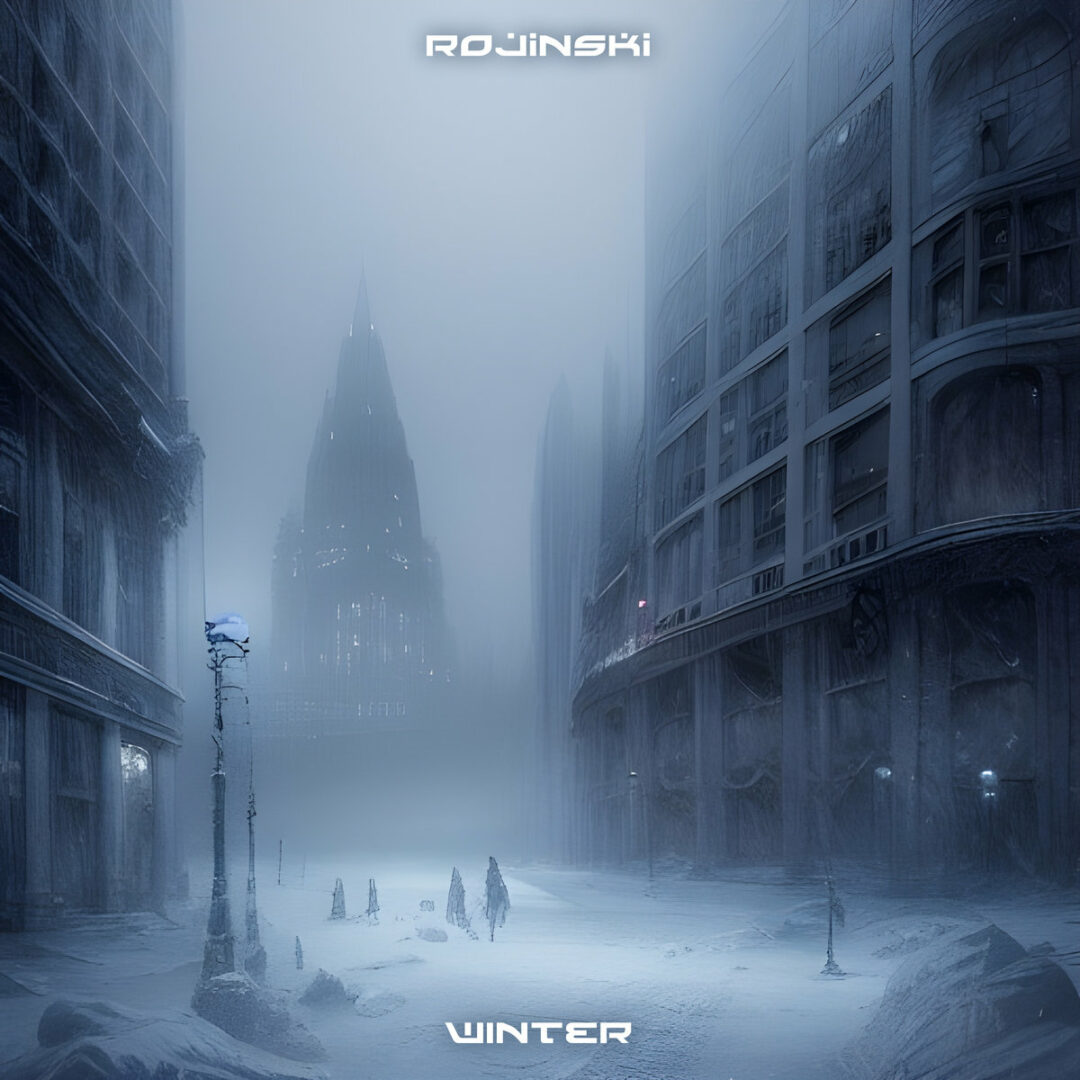
Do you have a preferred approach to creating your music, and what techniques and / or equipment do you use?
I’m influenced by several themes like : sciences, geo-politics, philosophy, life… but it depends also on my state of mind. And like I said, I have no reason to be optimistic. My life have been impacted, 3 years ago, by a heart attack. They saved my life just on time…. Two minutes later, it should have been “game over” for me. It changed my way to approach music too… We are fragile beings and we have to face the big challenges to come. All these things are influencing me.
About my equipment, I keep this under the seal of discretion (big smile). Few synths, a pc, a master keyboard (M-Audio), few plugins and FL Studio as DAW. I’ve bought it 20 years ago when it was named “Fruity Loops”. It’s developed by Imagine-Line, a Belgian company. Before 2000, I worked in great recordings studios like “Katy Studio” (Marvin Gaye, etc), “ICP Studios” (The Cure, The Stranglers, Paul Young, etc.) and with great sound engineers like Marc Nuettiens, Christian ‘Djoum’ Ramon, Dietmar Schillinger (The Clash, Kim Wilde, ABC, The Art of Noise, Talk Talk) with my project SX-96 (Belgian New Beat). All these persons taught me everything I know today. But now, I’m working in my little home studio and I wanna stay completely independent.
Do you have a particular personal belief system, or outlook on life, and if so how is that reflected in music?
I have a scientific and literary background…. The world has never been as dangerous as it is today. The mistrust that people have towards science amazes me, in the bad sense of the word. Very serious studies show that the overall intelligence (IQ) is decreasing… It is easier to “believe” in simple things stated by people without interests and without knowledge than to study and understand that nothing is simple on this earth. I fear what is coming… Above all, I am very sad for the future of my son…
This human civilization arrives in the era of idiocracy, ultra-egoism, disinterest in true culture in favor of an industry made up of influencers and people who want to be famous, without having talent, without working hard, without learning…. Just by showing off and dumbing down the crowds. Who is better known between Kim Kardashian and, for example, physicist Stephen Hawking? It is now more important to appear and to have rather than to be. This puts us in a delicate position to face the challenges ahead. We are going to be the next victims of Darwin’s law if we go on like this. We refuse to adapt to a new situation, to the changes in progress… Many people will bury their head in the sand of believes, of ignorance, of intellectual emptiness and self-centeredness… I am not optimistic. I’m just realistic. Sadly realistic.
That’s why, I try to make all the contrary in my daily life…. I swim against the tide… And my music is a good tool to spread what I think, what I feel…. I have several albums that “speak” about it. Without words. The themes are obvious. I don’t wanna be rich or famous… I just wanna share true things… I like to stay in the shadow when there are a lot of people who want to show up!
Do you perform your music live? If so, how do you find that experience, and do you prefer it to studio work?
No, I don’t perform my music live. Not anymore. I made hundreds of concerts and shows (tv, live radios, etc). Now, I leave it for the next generation. I focus on the sound and my family. I always loved the studio work. It gives me the emotions I’m searching for… And also, I can create more things…. To be completely honest, my health is not perfect either but it’s another story…. And I don’t wanna talk about it…. There are people under the bombs, losing their life, their friends and their family…. It’s more important than my small person.
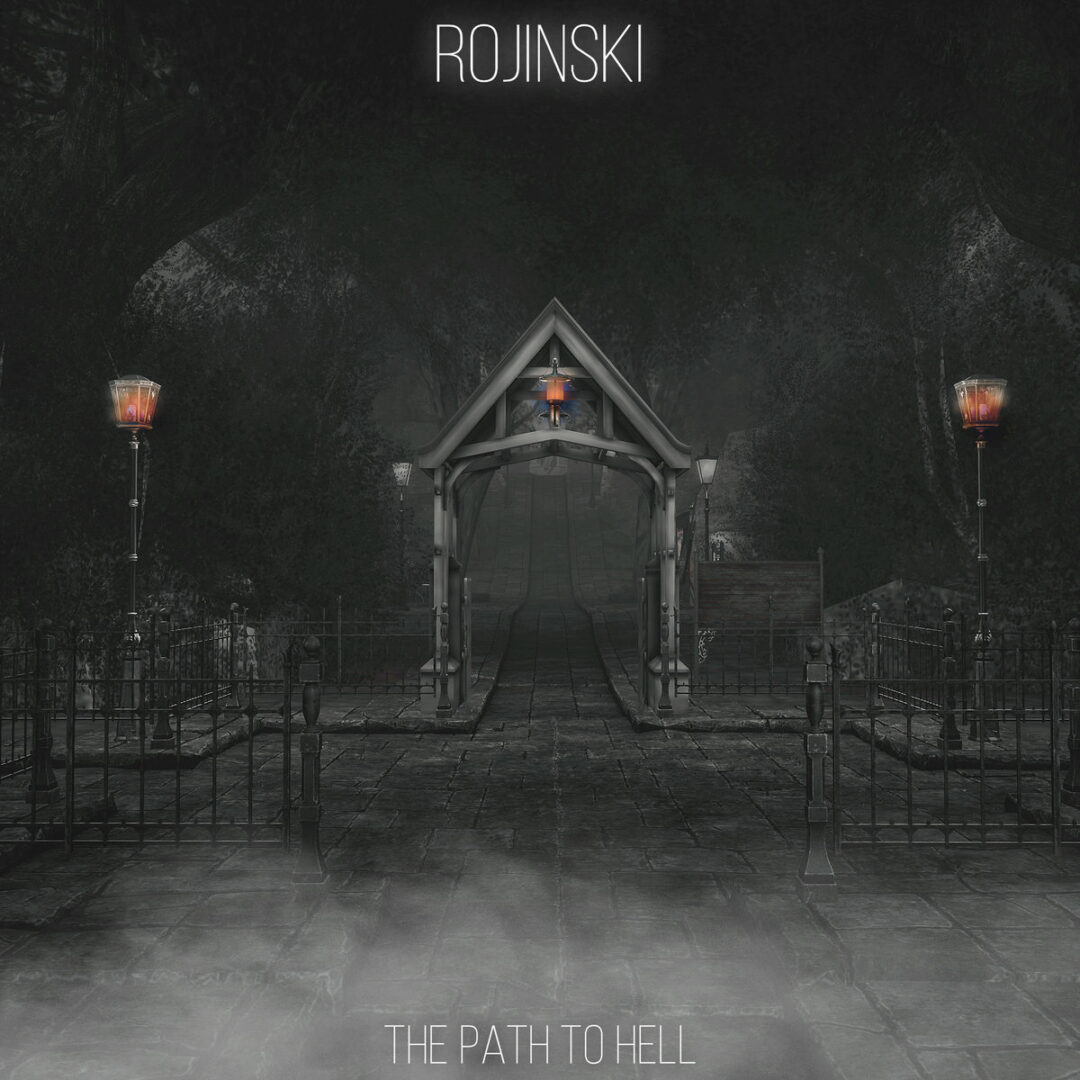
Can you tell me about your own journey of musical discovery and experimentation? How did you discover / fall in love with ambient / dark ambient / drone music, and how did your creation of music develop over the years?
When I was 14 years old, I’ve discovered artists like Klaus Schulze, Tangerine Dream, Vangelis, Jean-Michel Jarre, Kraftwerk… A pirate radio in a university was playing a lot of that kind of music and also a lot of cold wave, new-wave, etc… It helped me to study, to sleep, to dream and to have inner-trips… I was not the usual teen (big smile). I appreciate different genres of music but ambient and electronic music always had a special place on my tapes. Yes, I said tapes… OMG… I’m old, huh ?
Then, more recently (few years ago), I discovered Cryo Chamber, a wonderful label created by Simon Heath. This man is amazing and multi-talented. Music (Atrium Carceri, Sabled Suns, etc) but also visual arts (3D, 2D,etc.). He signed very cool composers and artists like Alphaxone, Dronny Darko, ProtoU, Ugasanie, Apocryphos, Kammarheit, Mount Shrine (Cesar Alexandre, the brazilian man behind the project, died last year because of that damn’ thing named Covid) and a lot of others. I like them all, really. It makes me travel without moving. That’s the effect I’m searching when I’m listening or making this kind of music. A few months ago, I discovered Omensworn (USA) and Handalien (Brazil) and I like their music a lot too ! We have a project but…. Well… You will hear it… (smile).
I compose as I feel it. So, yes, I must be influenced by a whole life of music, from punk to dark ambient, from classical to darkwave…. Someone told me, one day, that all the harmonic suites have been used since Mozart…. I don’t know what will be the future of my music… It will depend on the future of the civilization, I guess…. And also, I’m getting older…. (smile again).
Are there any particular musicians who have inspired or influenced you?
I think people like Peter Gabriel, Jerry Goldsmith, Wagner, Klaus Schulze, Tangerine Dream, Kraftwerk and a lot of others like Depeche Mode have fueled my unconscious.
How would you describe the current state of ambient / dark ambient / drone music?
I have subscribed to a lot of dark ambient / drone / cinematic groups on Facebook and I have to tell you, there are a lot of people creating music in this particular genre. Well, there are not as numerous as the rappers, the commercial productions and it’s good like that…. We are a part of a minority… And I feel comfortable in it. That’s culture. Everyone needs some…. Whatever it is.
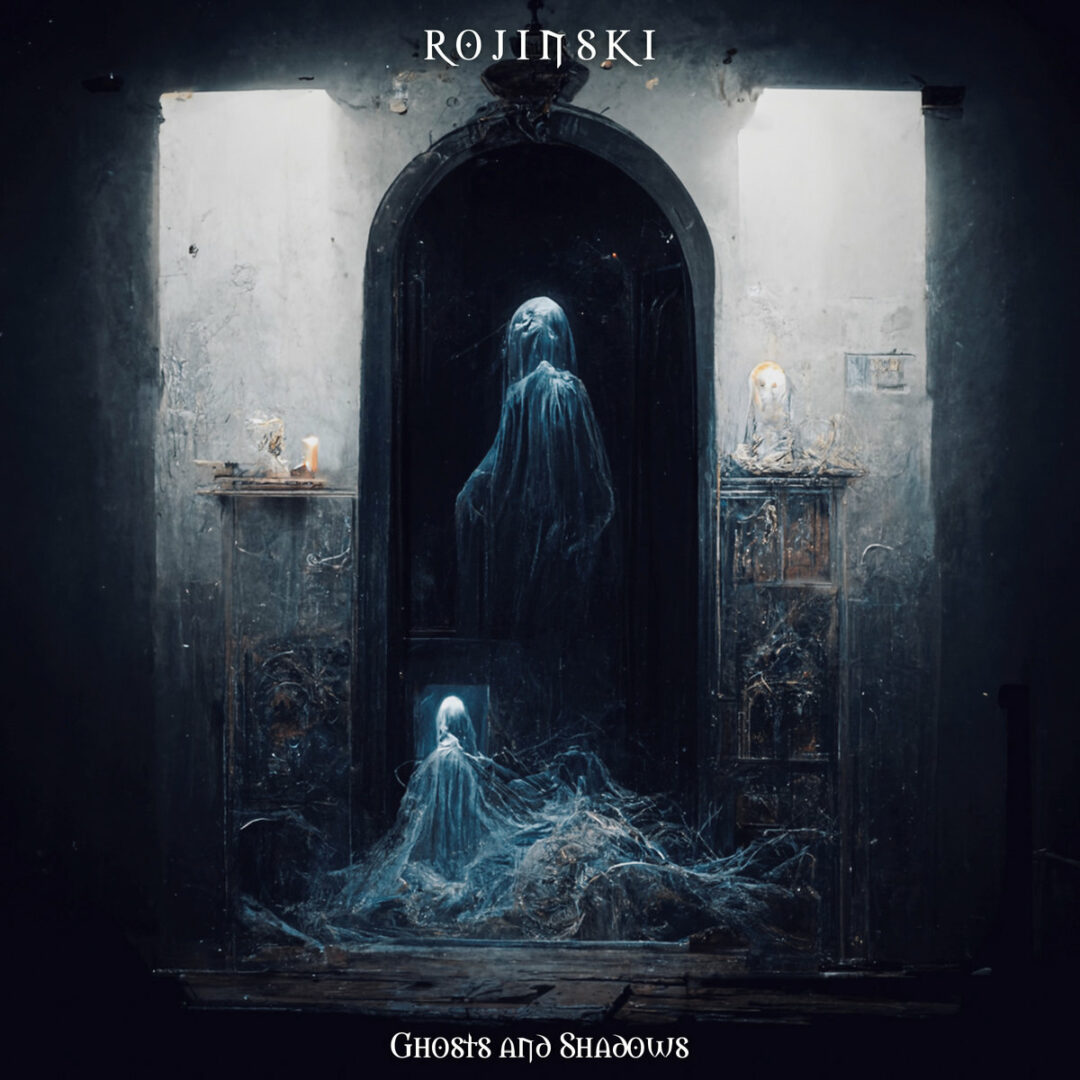
What are your future musical plans?
As I said before, I have no plan on the long term…. I compose for The Sorrow, season 2 , an american web series based on dark mystery, a bit of horror…. small budget, big hearts and souls. I will make something too with my two friends Handalien and Omensworn. It’s in progress. But I’ve learned that making projects on the long term is dangerous. Carpe diem, my friend.
Is there anything else you’d like to share with our readers?
Times are difficult and very dangerous. Stay safe. Whoever you are. Wherever you are. Let’s try to be better human beings to build a better civilization. Listen to music. Read books. Learn. Feel. Love. Create. Be instead of have. Cultivate yourself. Don’t get manipulated by toxic people and hypocrites. Choose to be rather than to have.
Thank you so much for your time Rojinski!!!
Rojinski Links
Bandcamp
Facebook
Website
Youtube



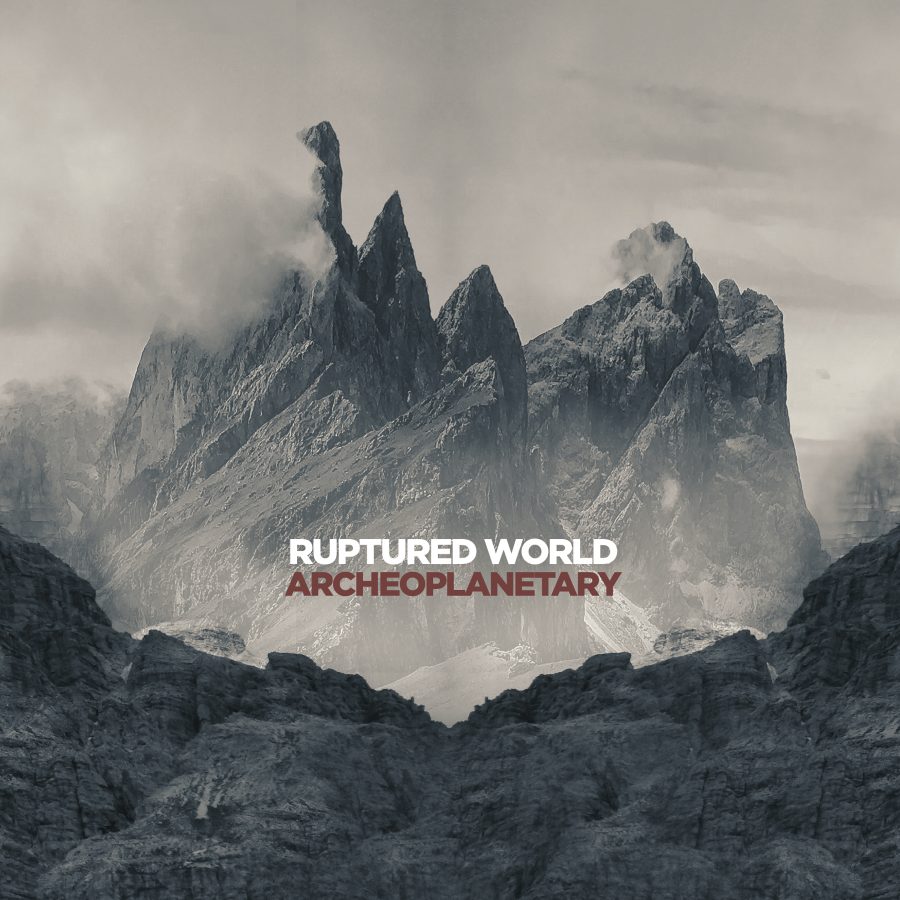
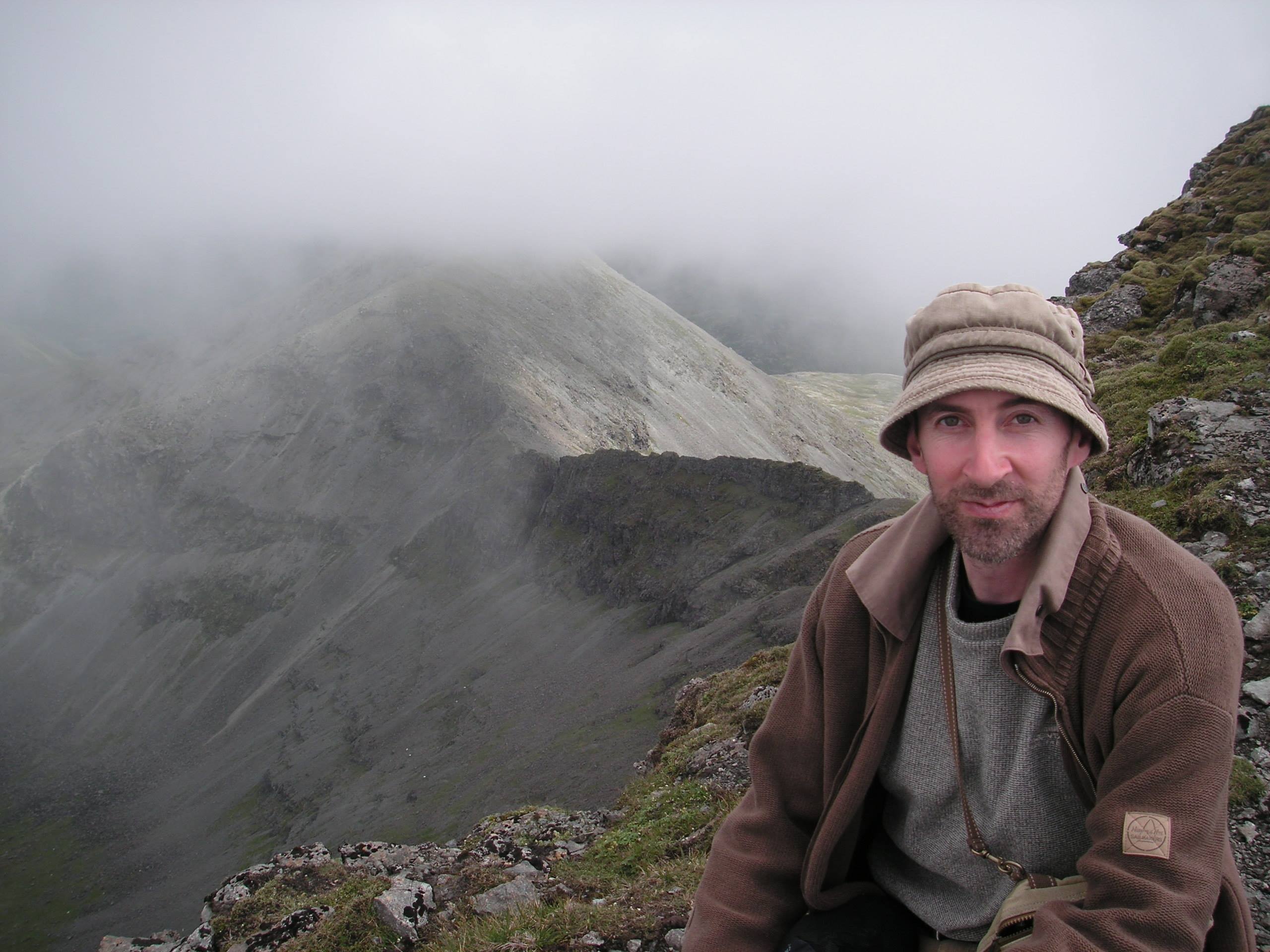
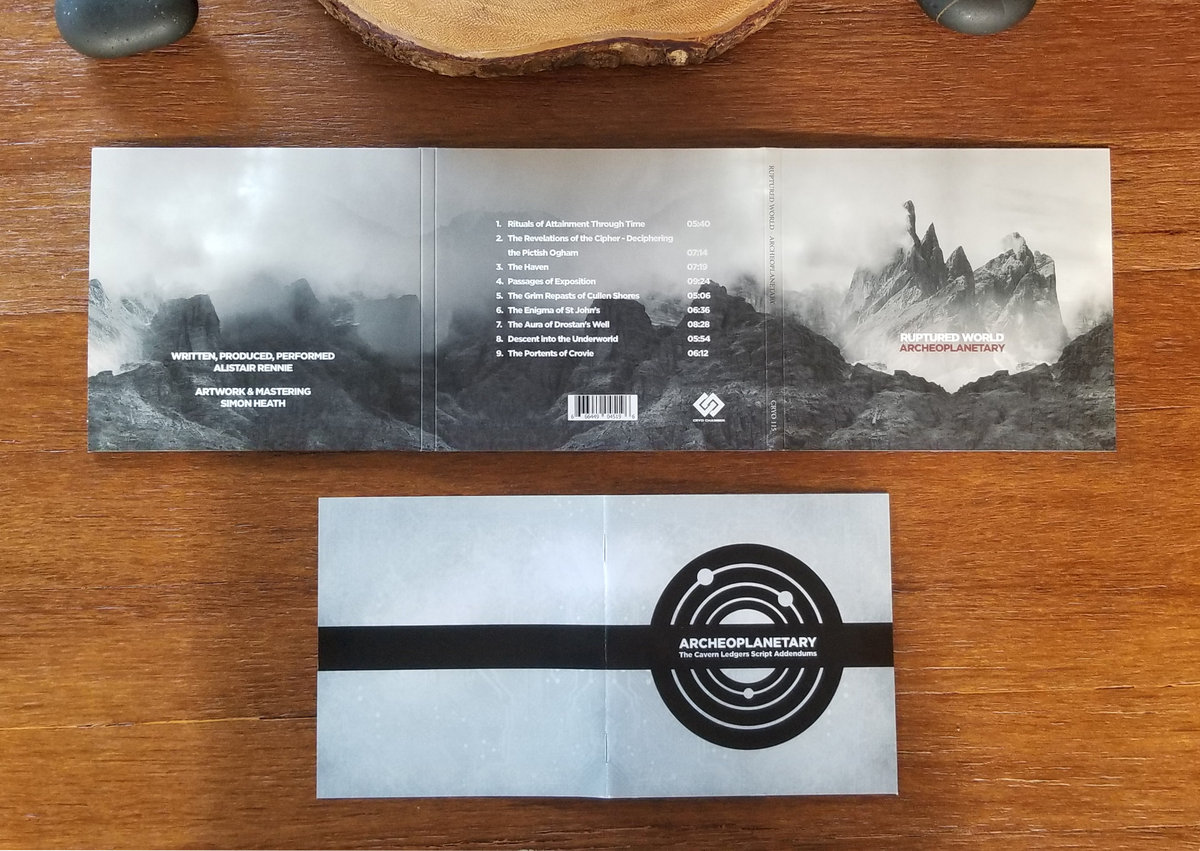
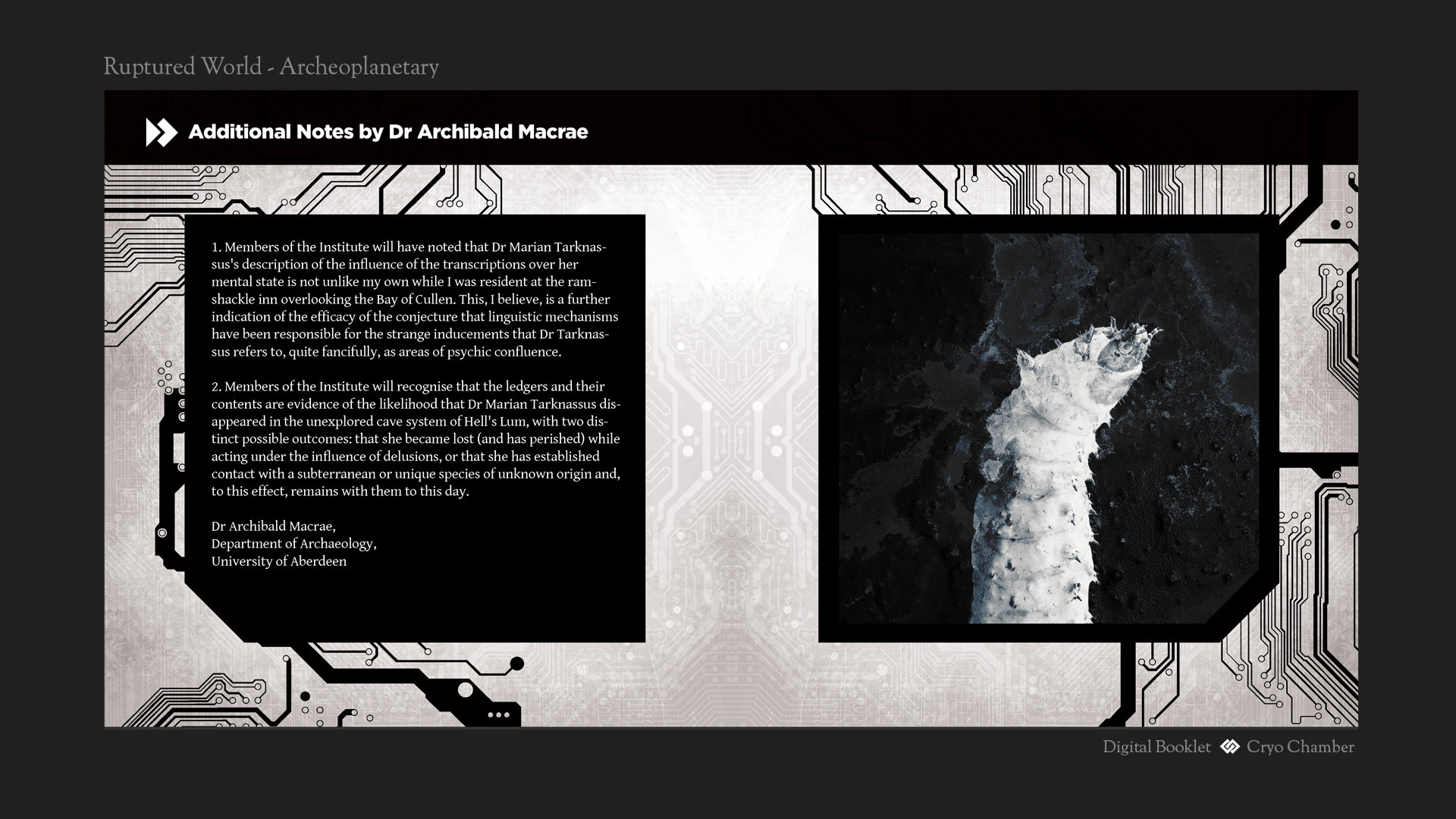
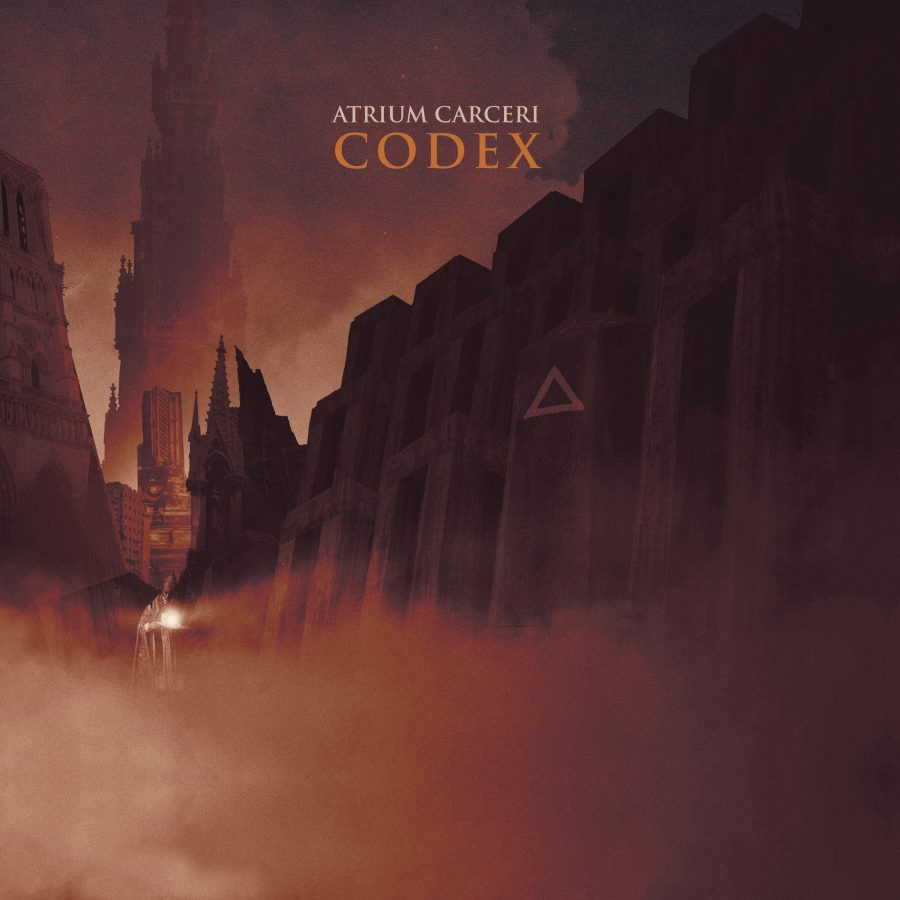
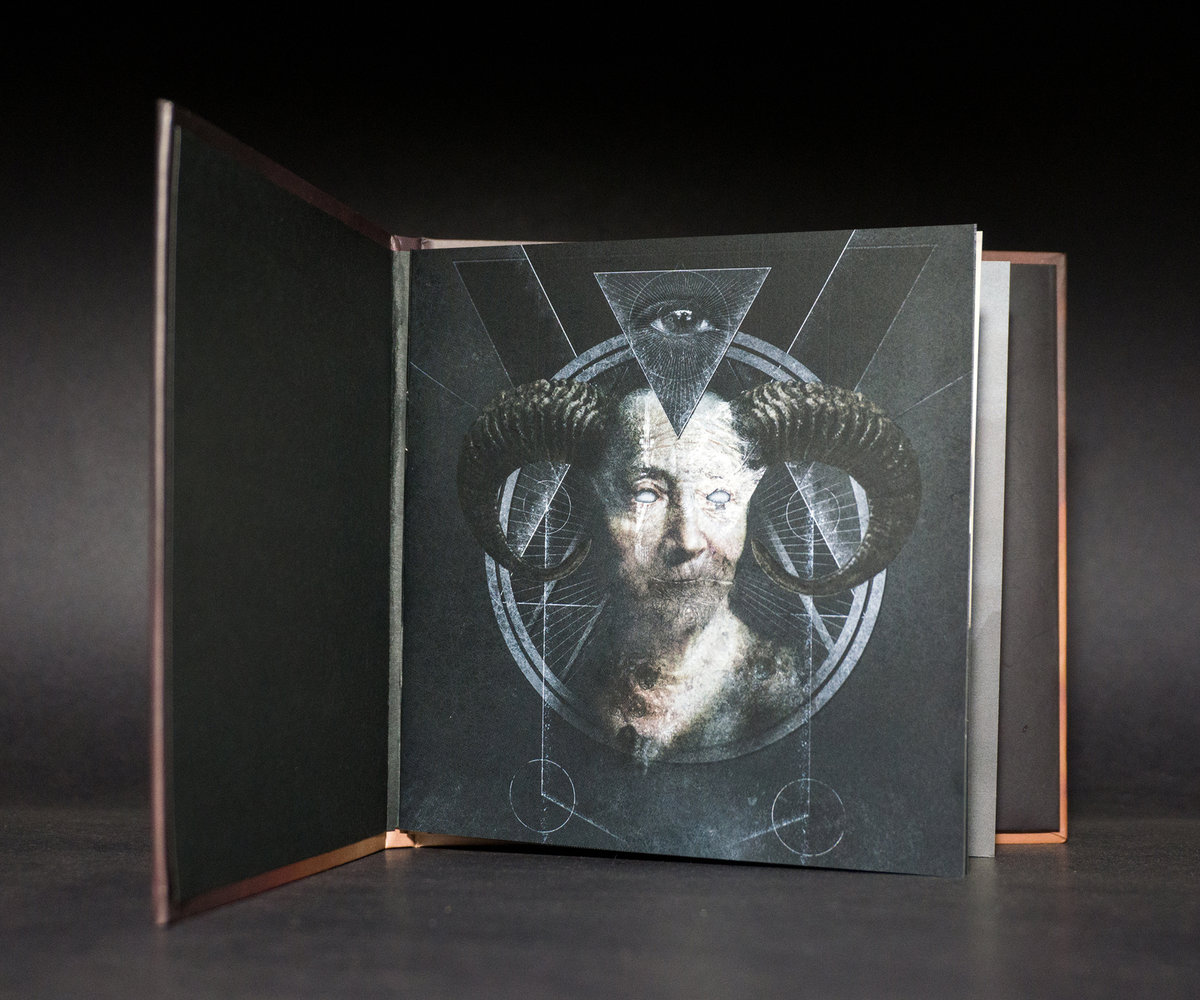
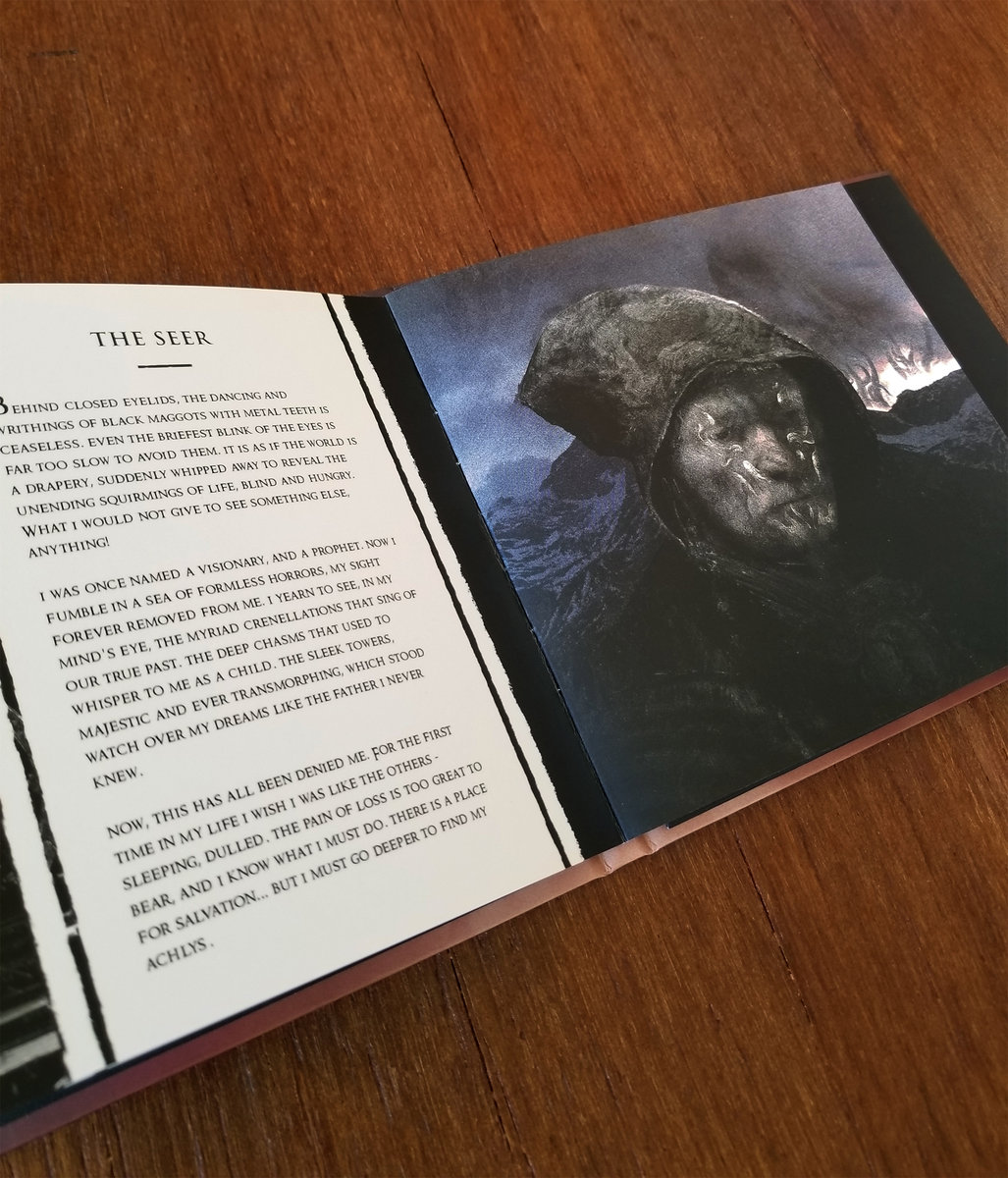
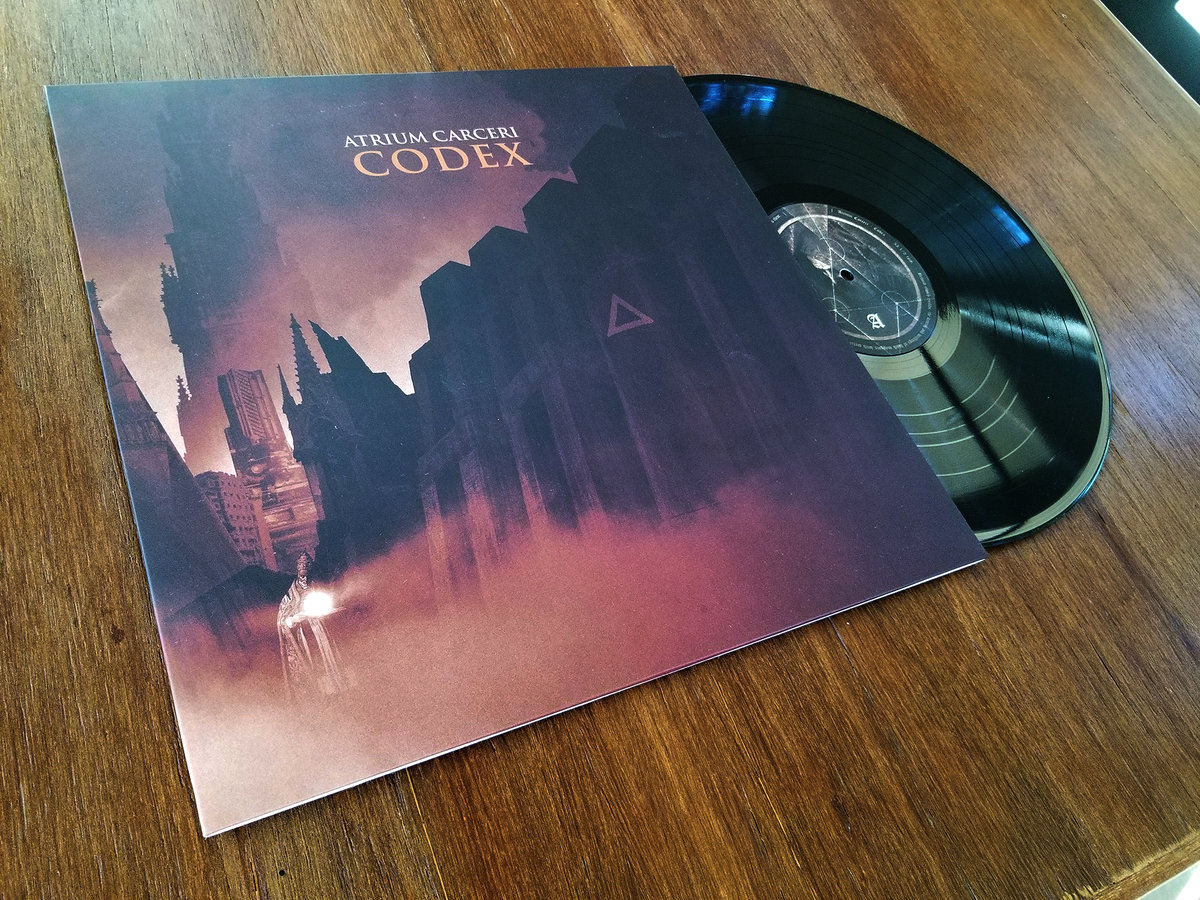
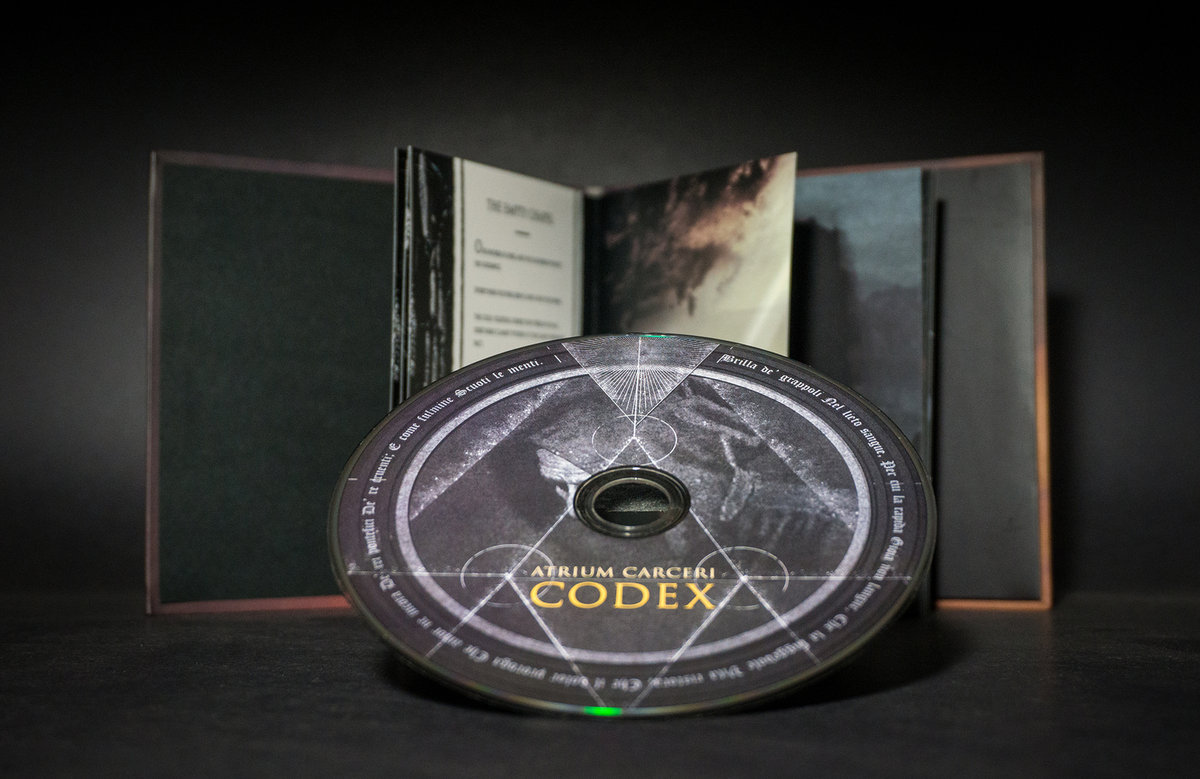
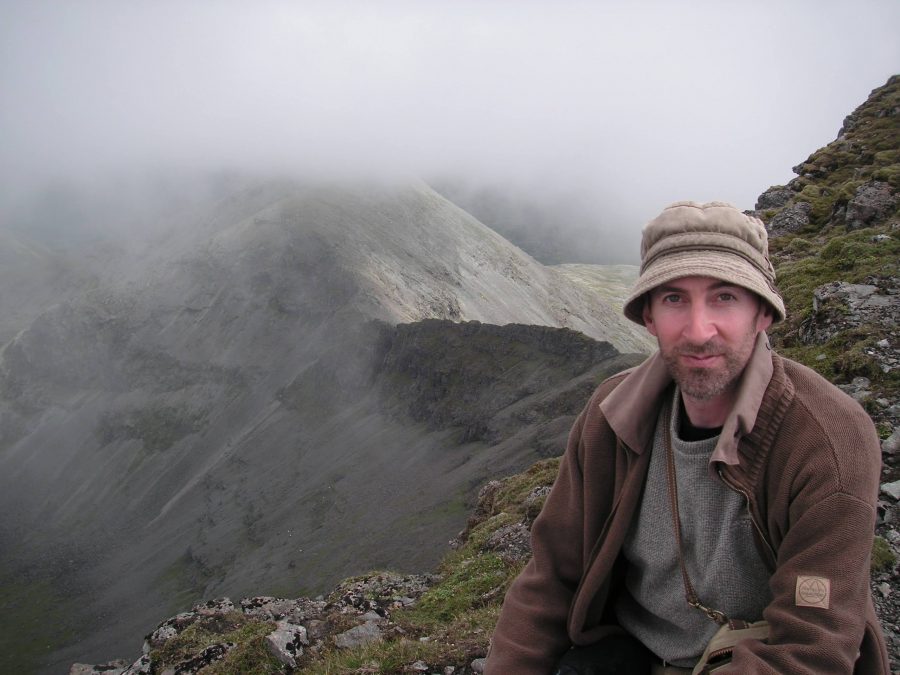
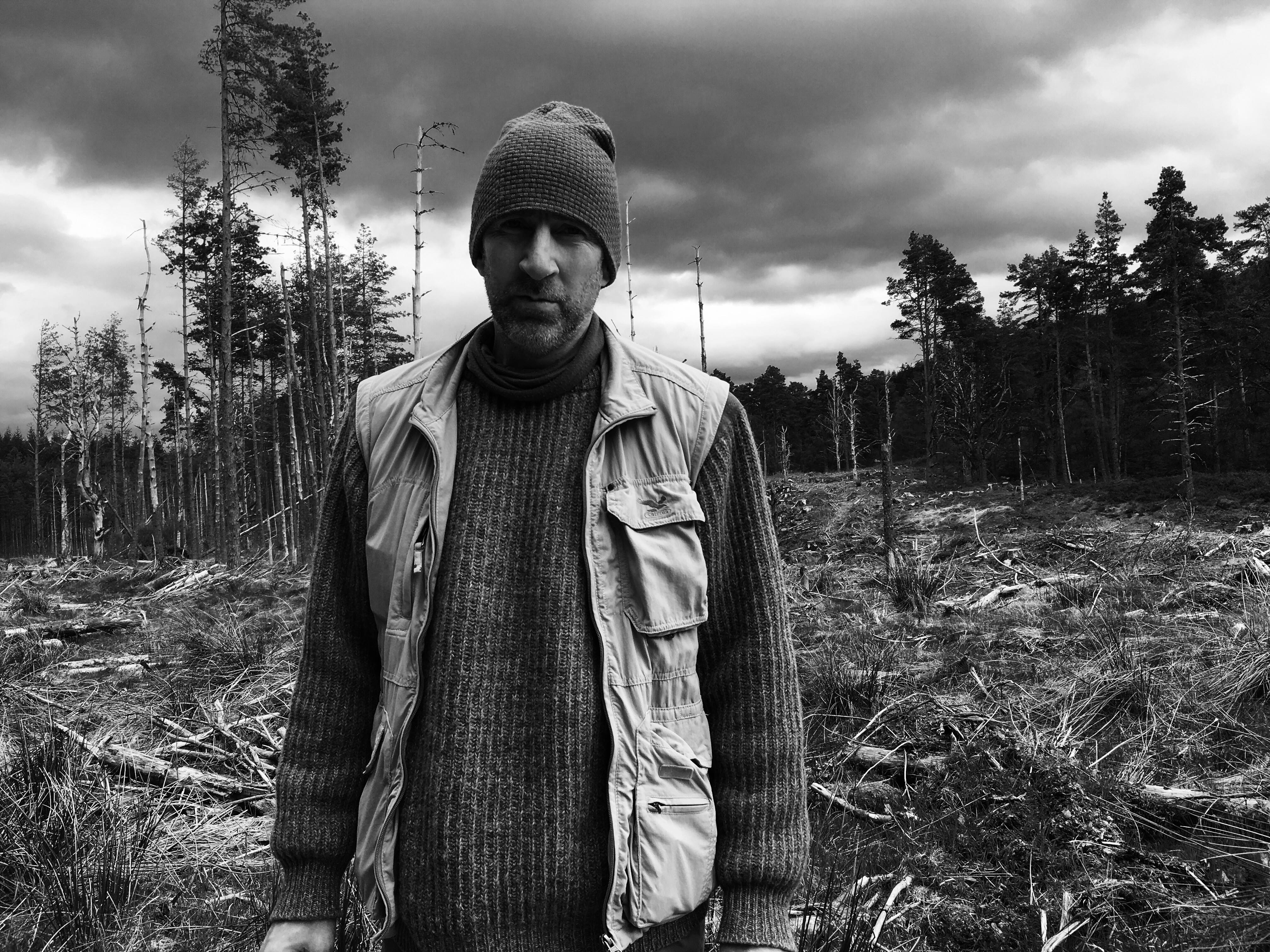
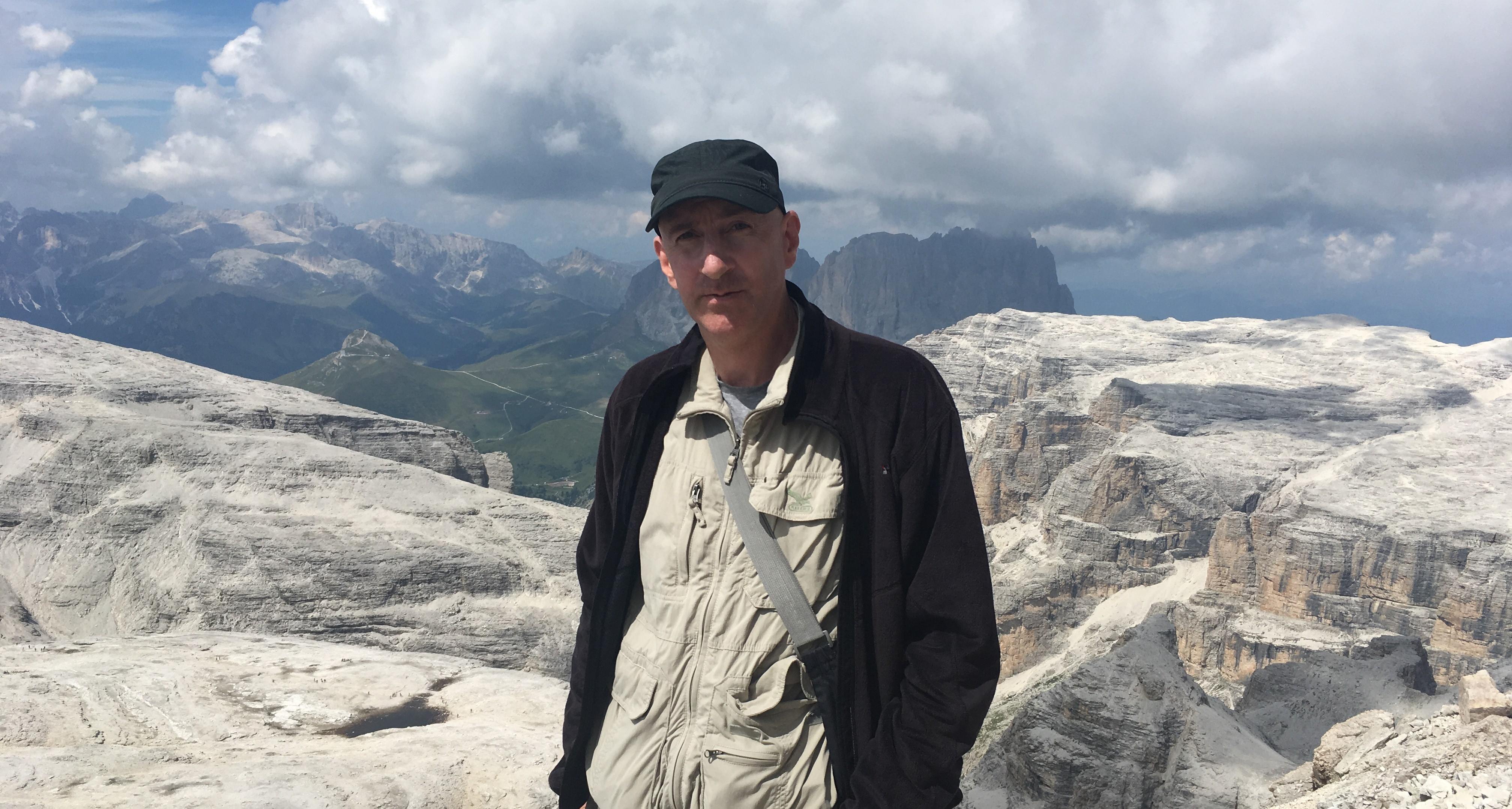

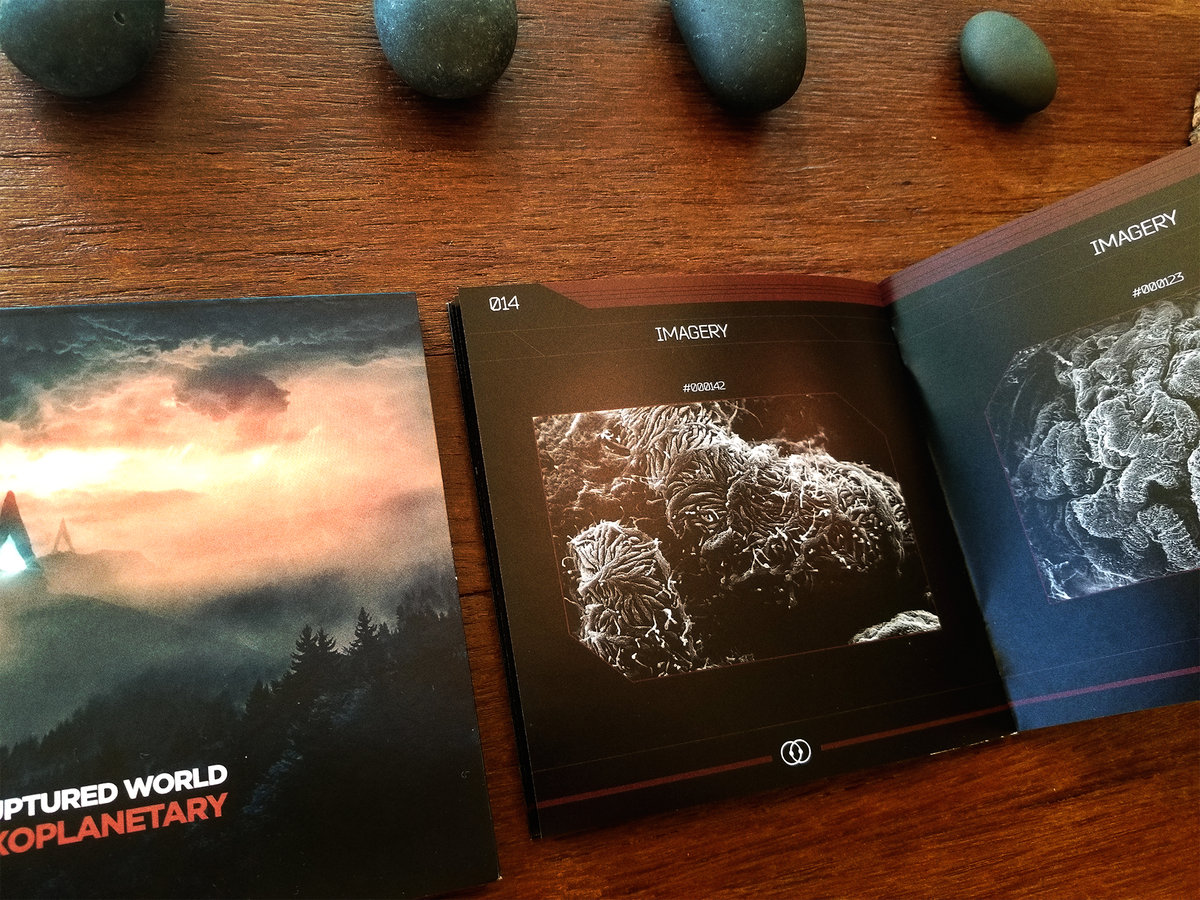
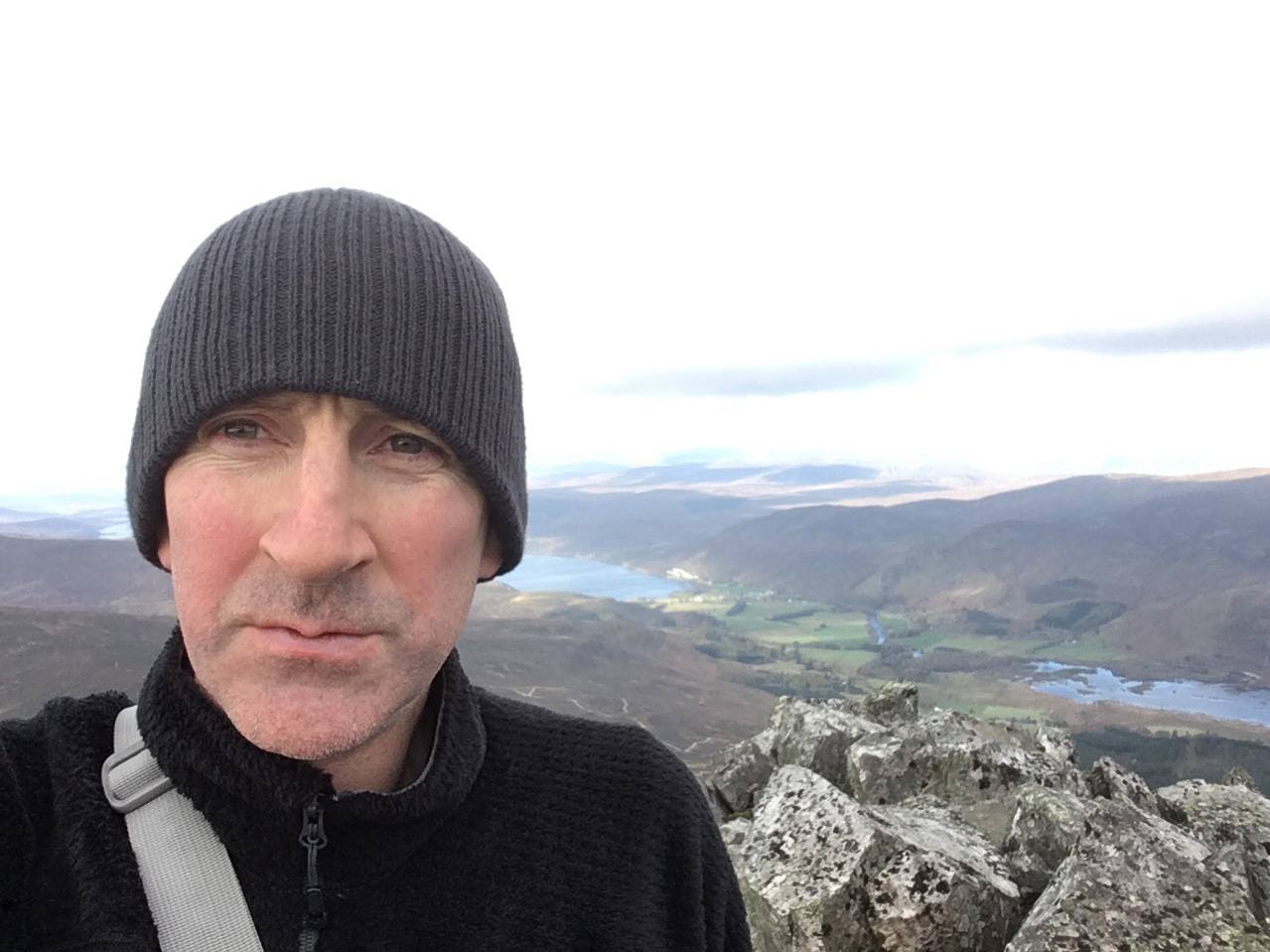


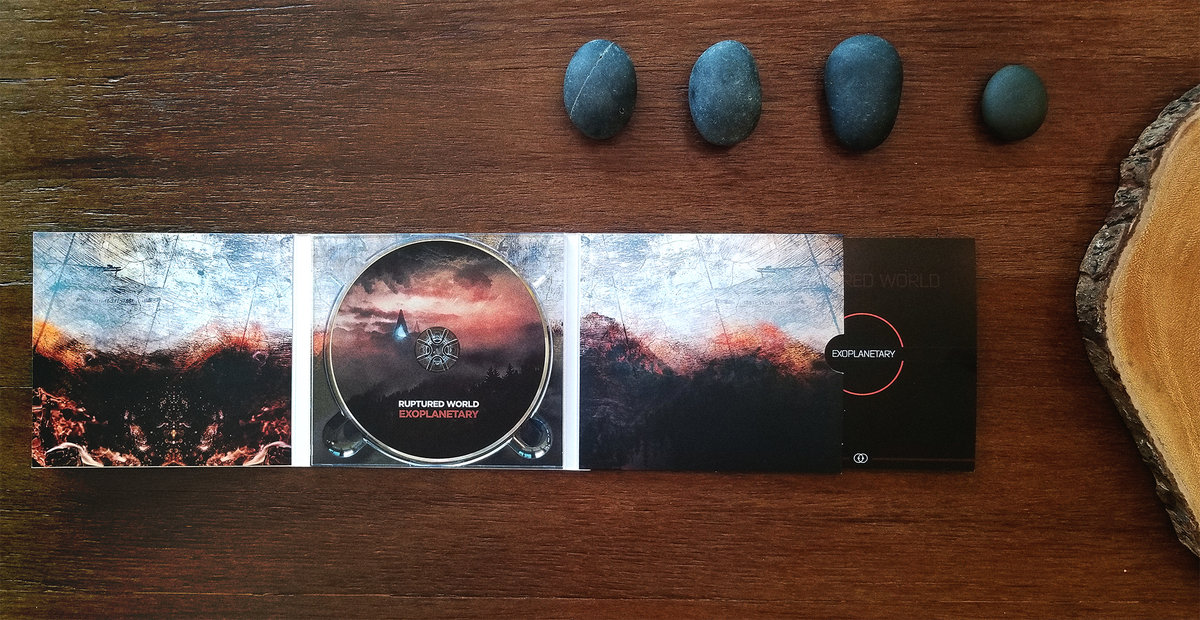

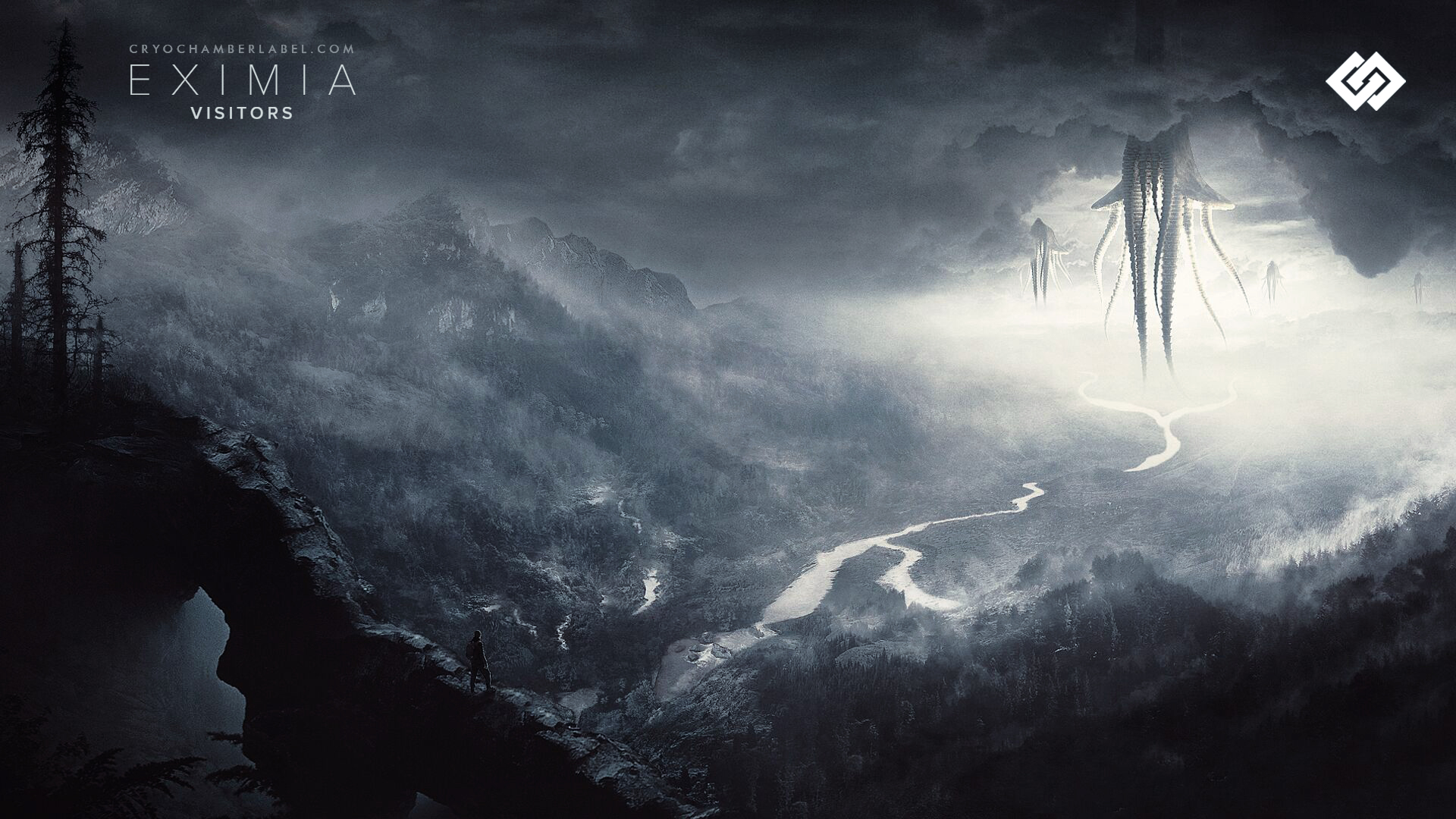
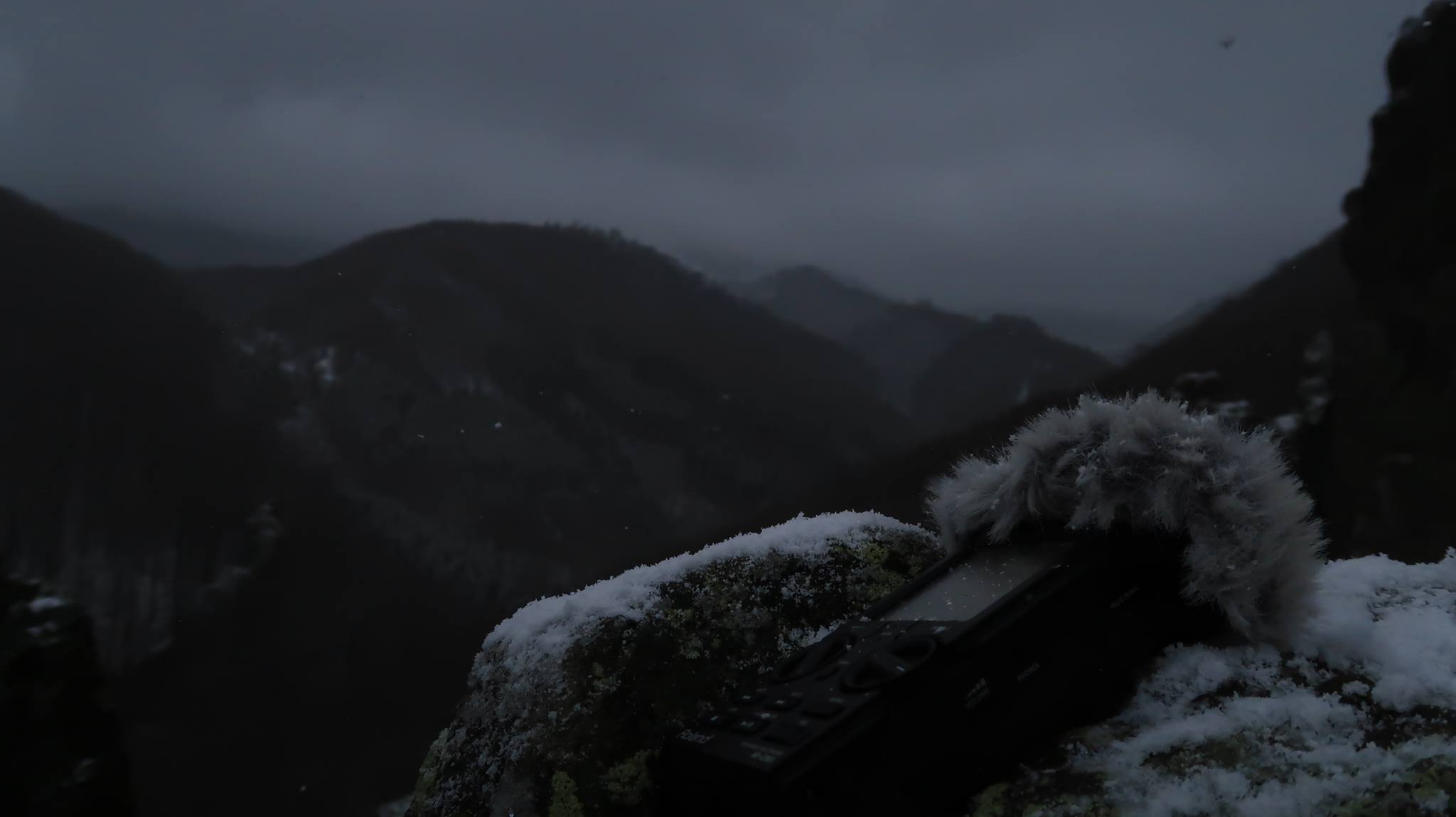
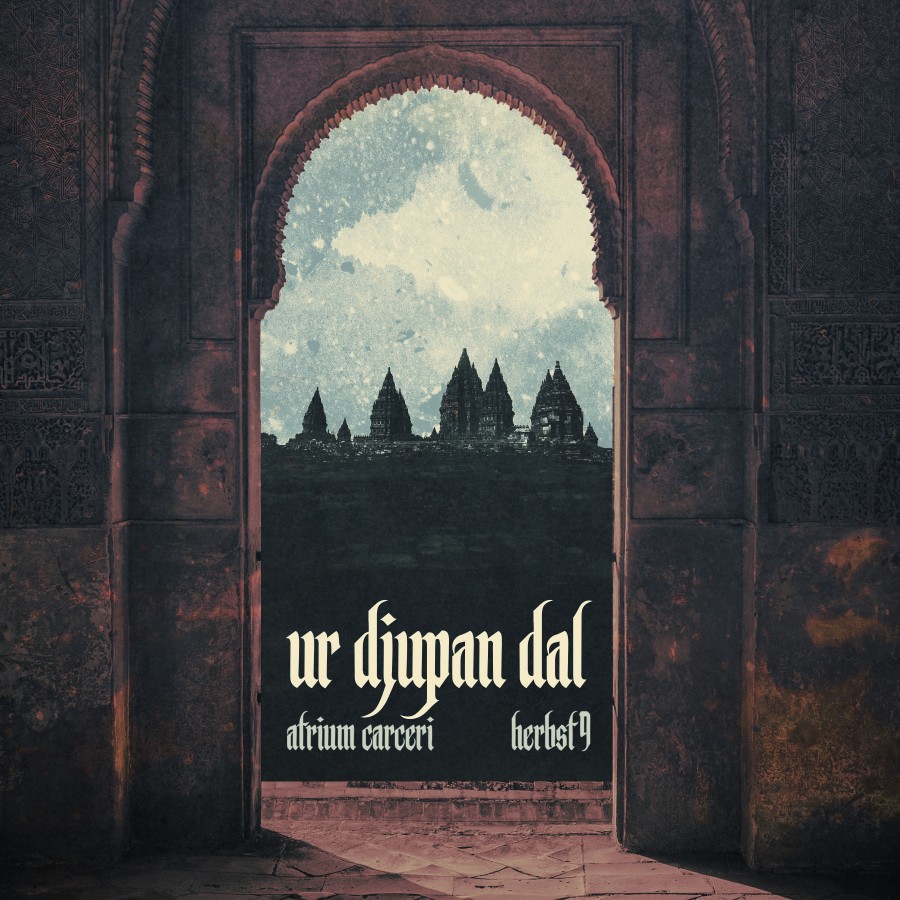

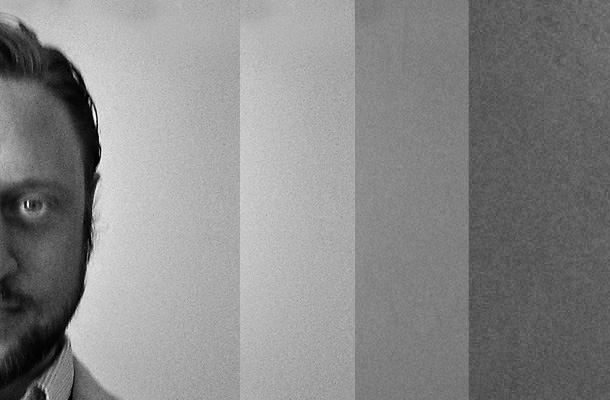
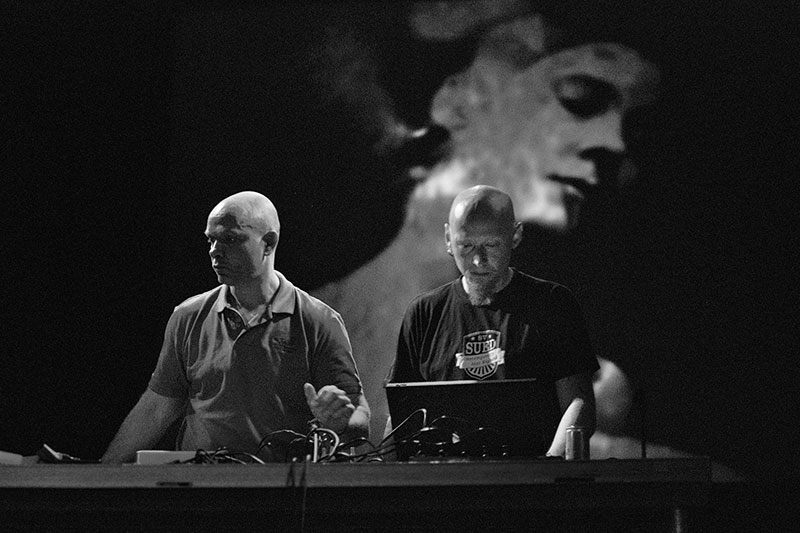
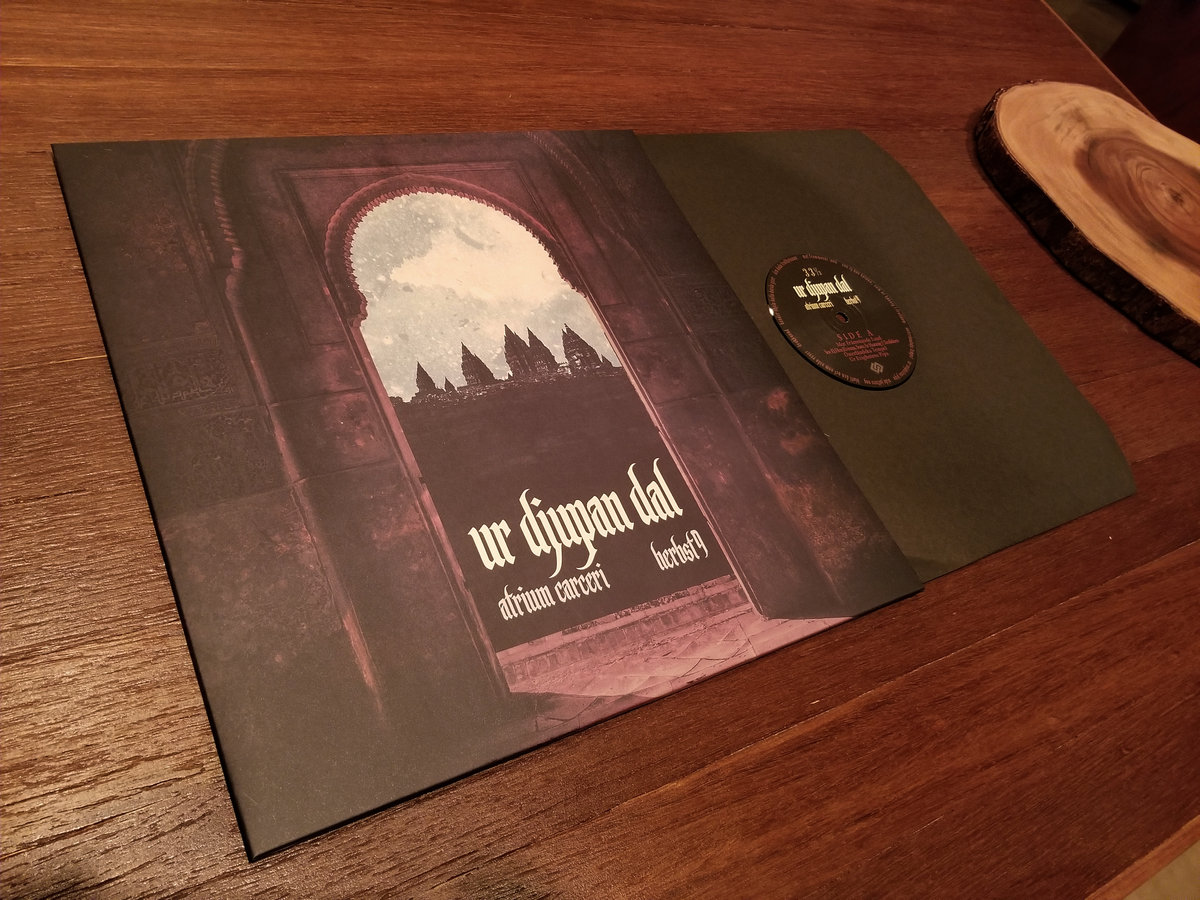

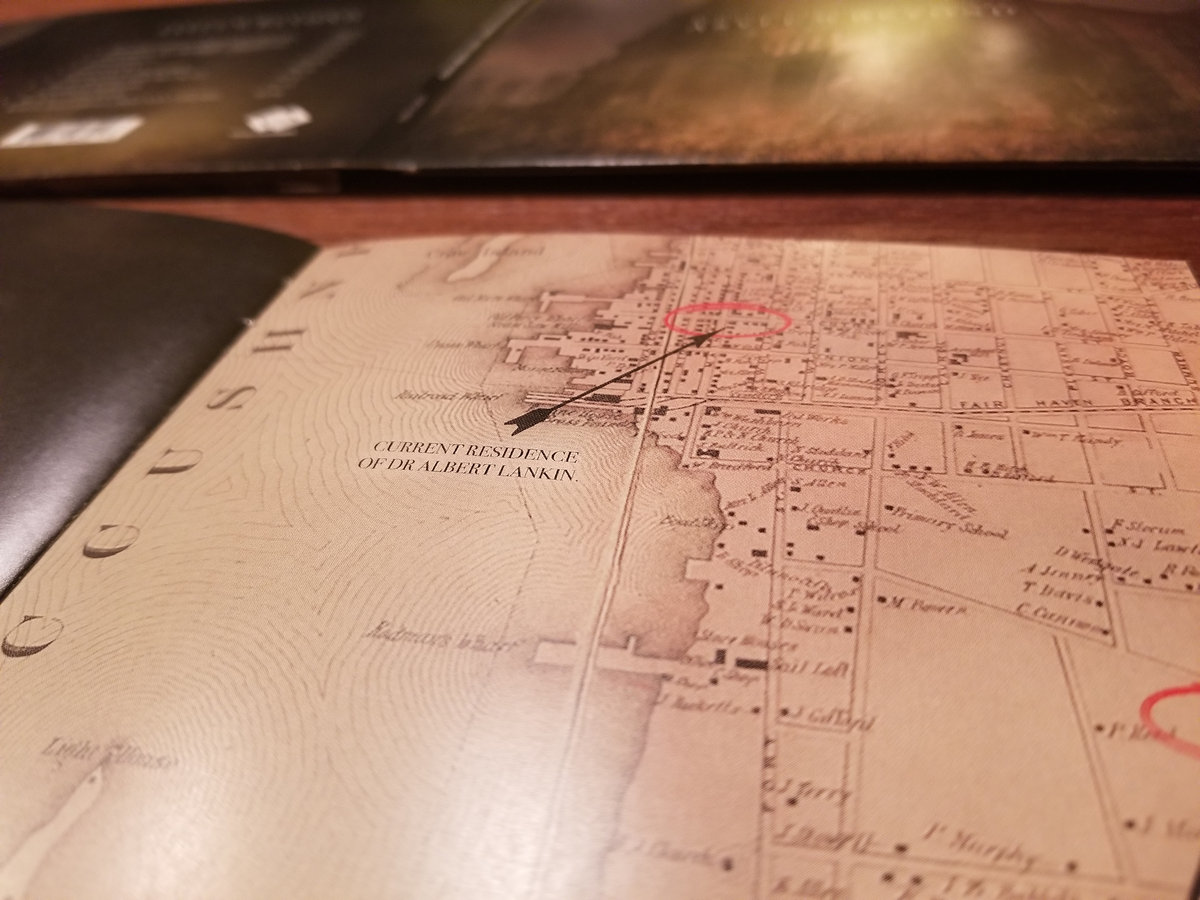
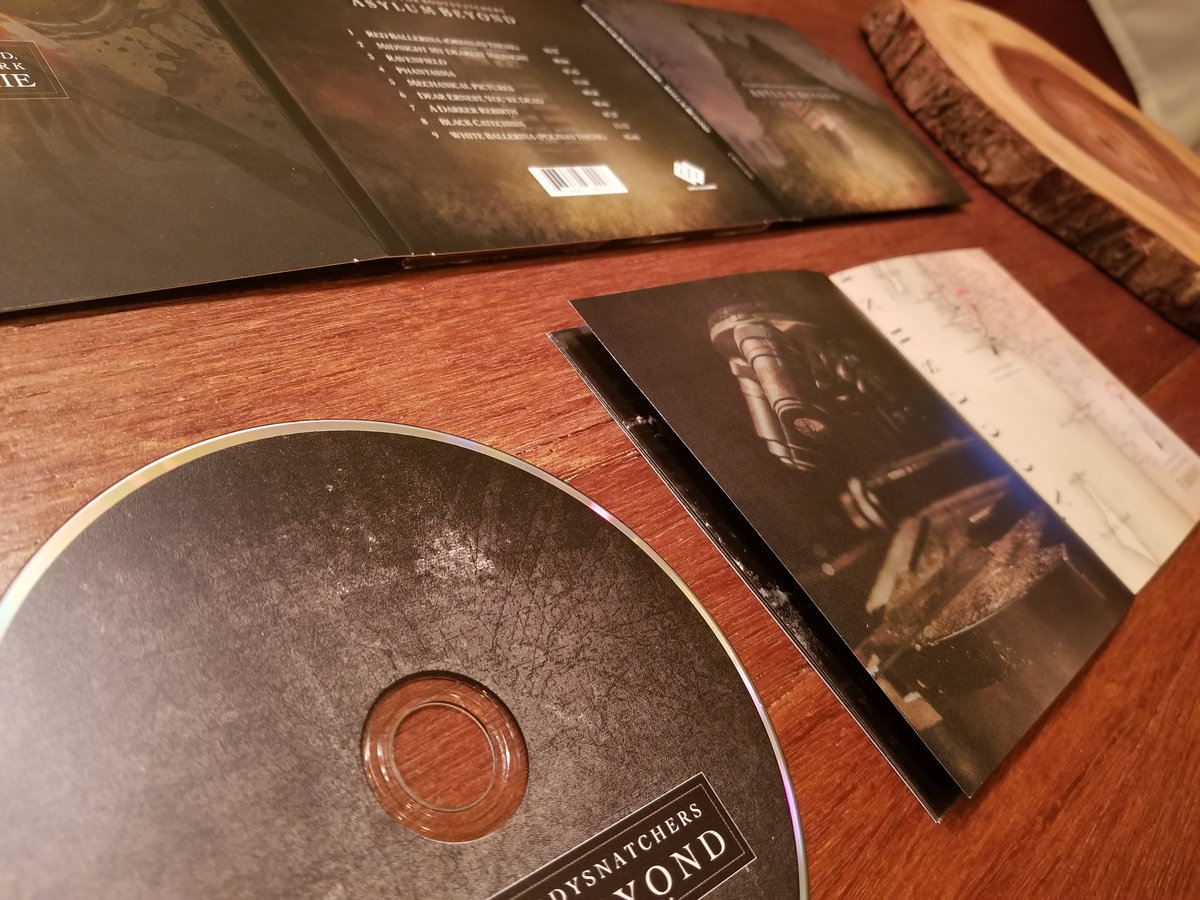
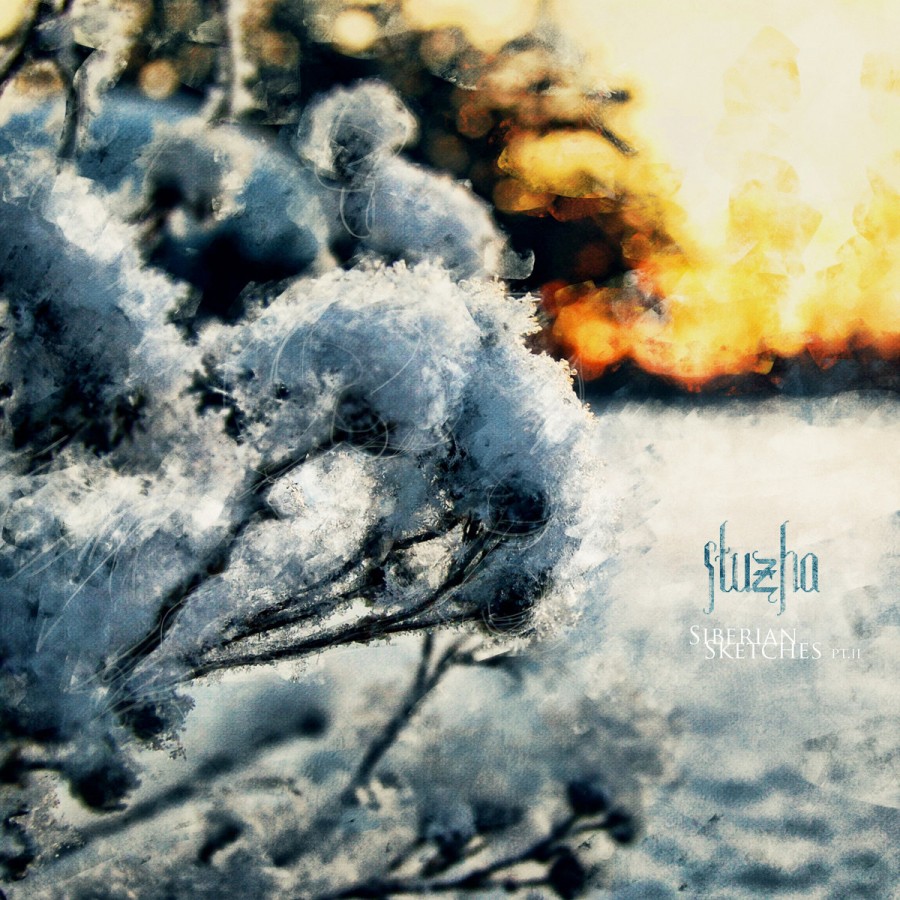
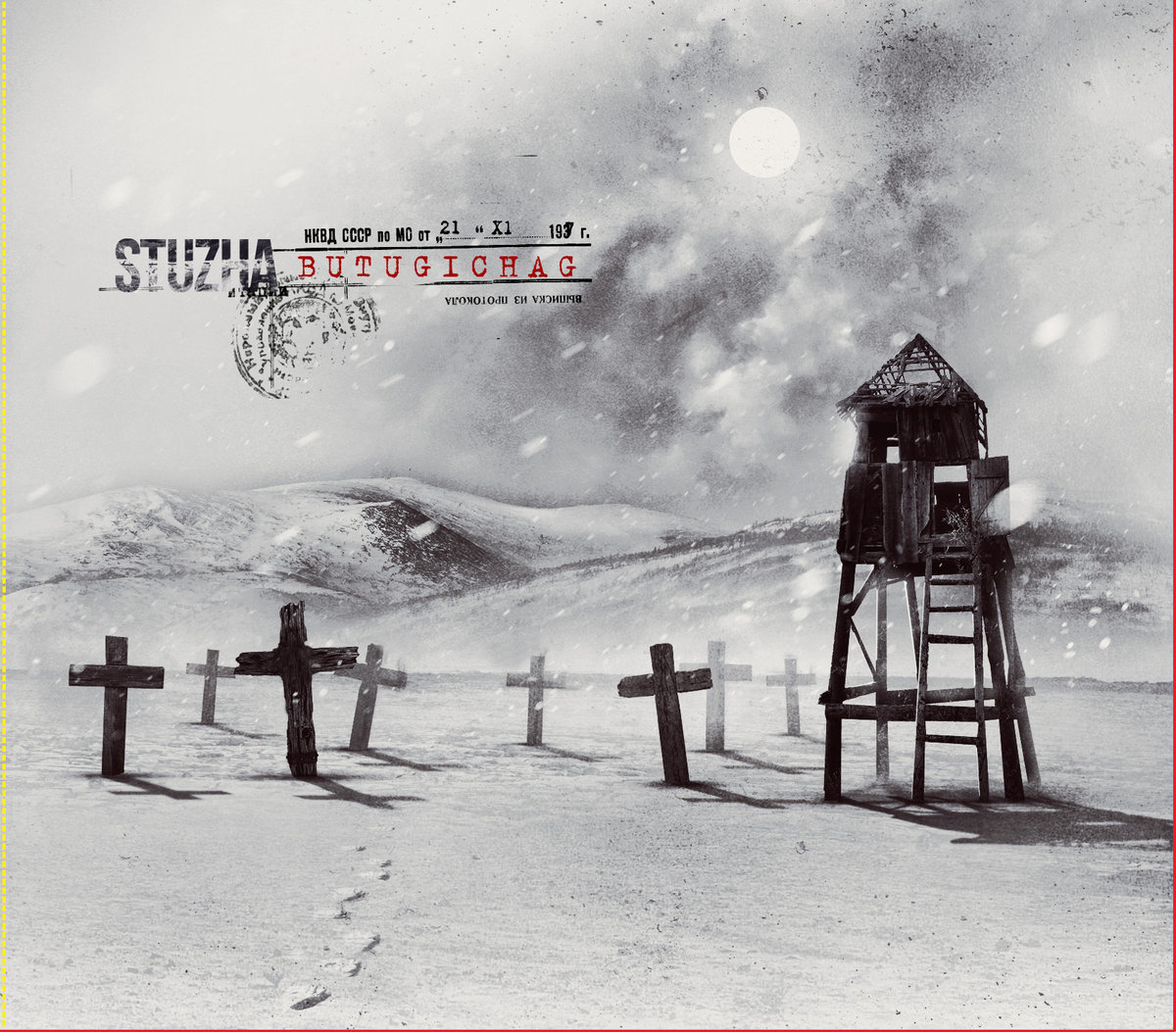
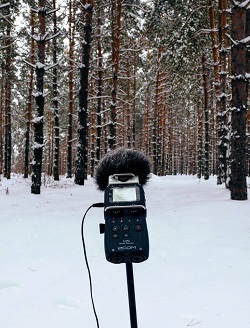 “Here is no Life without a Fire” could be the closest to a more traditional dark ambient track, as it is one of only two on the album that seem to incorporate any use of drone-work. It is also likely the oldest track on the album, being a reinterpretation of a track from the self-released
“Here is no Life without a Fire” could be the closest to a more traditional dark ambient track, as it is one of only two on the album that seem to incorporate any use of drone-work. It is also likely the oldest track on the album, being a reinterpretation of a track from the self-released 